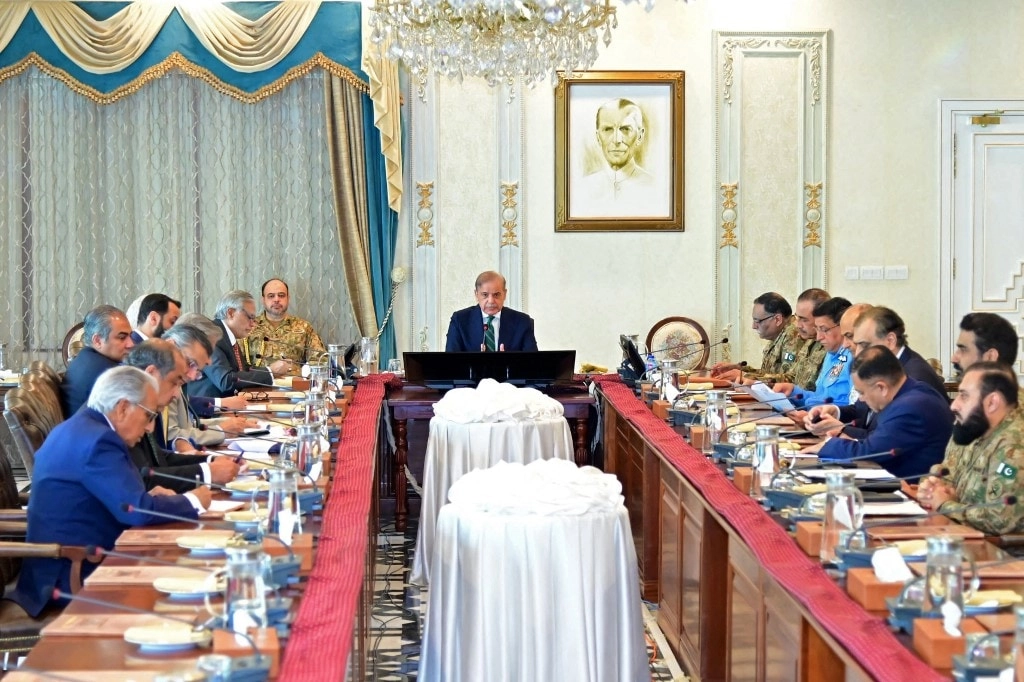In a significant move aimed at streamlining military leadership, the Pentagon Chief has ordered a 20% reduction in the number of four-star military officers across the U.S. Armed Forces. This directive reflects a broader strategy to enhance efficiency within the military hierarchy and adapt to the evolving nature of modern warfare. By reducing the ranks of these high-ranking officers, the Pentagon seeks not only to cut costs but also to foster a more agile command structure that can respond swiftly to emerging global threats.
The decision comes at a time when the military is reassessing its operational needs in light of budget constraints and changing geopolitical dynamics. With a focus on innovation and adaptability, the Pentagon believes that a leaner leadership structure will allow for more effective decision-making and resource allocation. Four-star officers, while crucial for strategic oversight, often represent a significant financial and administrative burden. By trimming this layer of command, the military aims to redirect resources toward enhancing capabilities and investing in advanced technologies that will be essential for future missions.
This reduction is expected to impact various branches of the military, with each service having to evaluate its leadership needs and determine where cuts can be made without compromising operational readiness. The Pentagon Chief has emphasized the importance of maintaining a balance between effective leadership and operational efficiency. As the military navigates the complexities of contemporary security challenges, the success of this initiative will depend on how well these adjustments are implemented and the resulting impact on overall military performance.
Moreover, this decision highlights a significant cultural shift within the military establishment, reflecting a growing recognition that a rigid command structure may not always be conducive to rapid response and innovation. By embracing a more streamlined approach, the Pentagon aims to cultivate a leadership environment that is more responsive to the demands of modern warfare, thereby enhancing the overall effectiveness of the U.S. Armed Forces. This move is not only about reducing numbers; it also signifies a broader commitment to evolve and modernize military operations in an increasingly complex global landscape.
As the Pentagon moves forward with this initiative, it will be crucial for military leaders to engage with their personnel and ensure that the transition is smooth. Open communication about the reasons behind these changes and their expected outcomes will be vital in maintaining morale and operational cohesion. Ultimately, the reduction of four-star officers represents a bold step towards reimagining military leadership for the 21st century, with the goal of fostering a force that is not only leaner but also more prepared to tackle the challenges of an unpredictable world.




